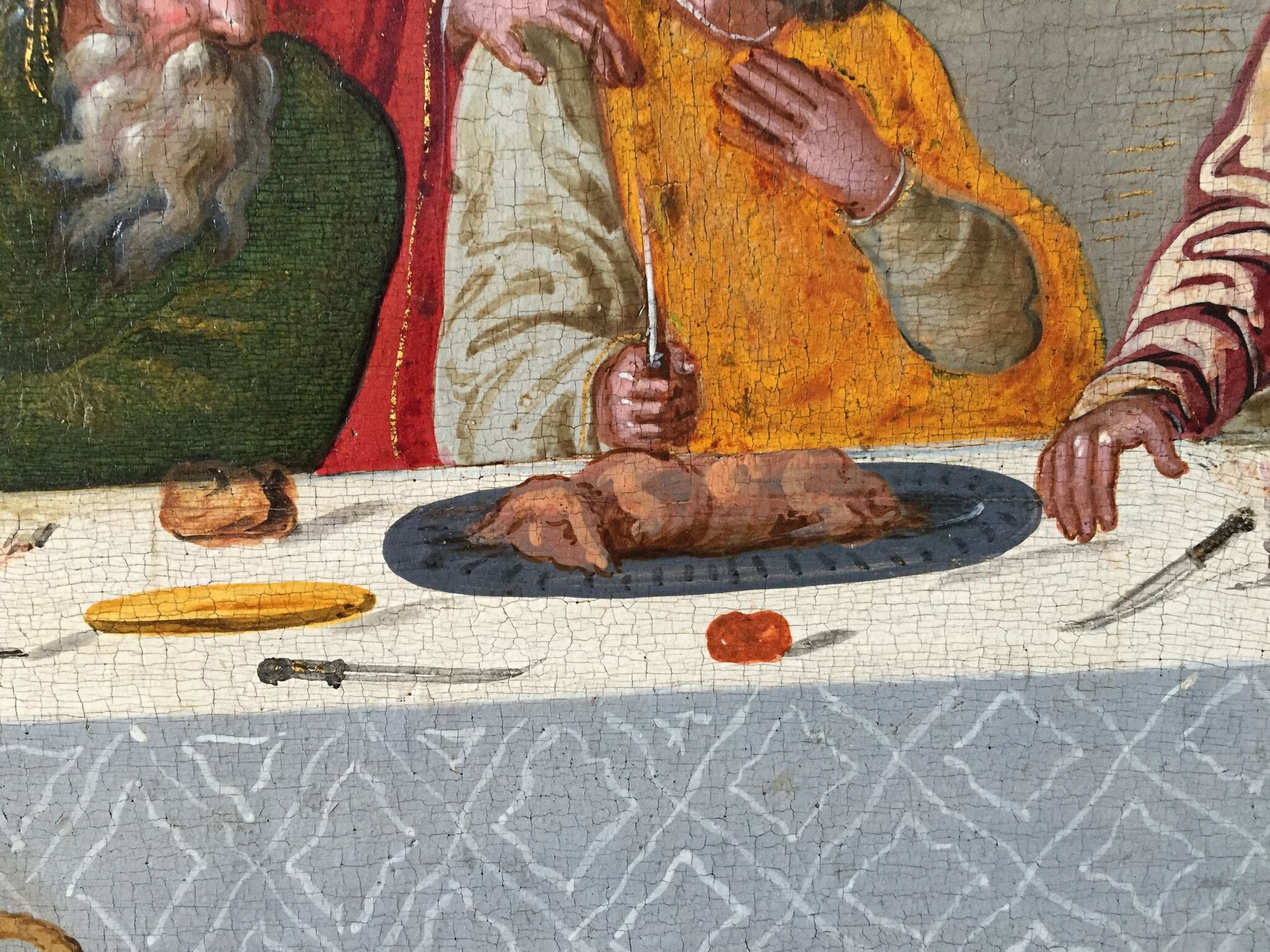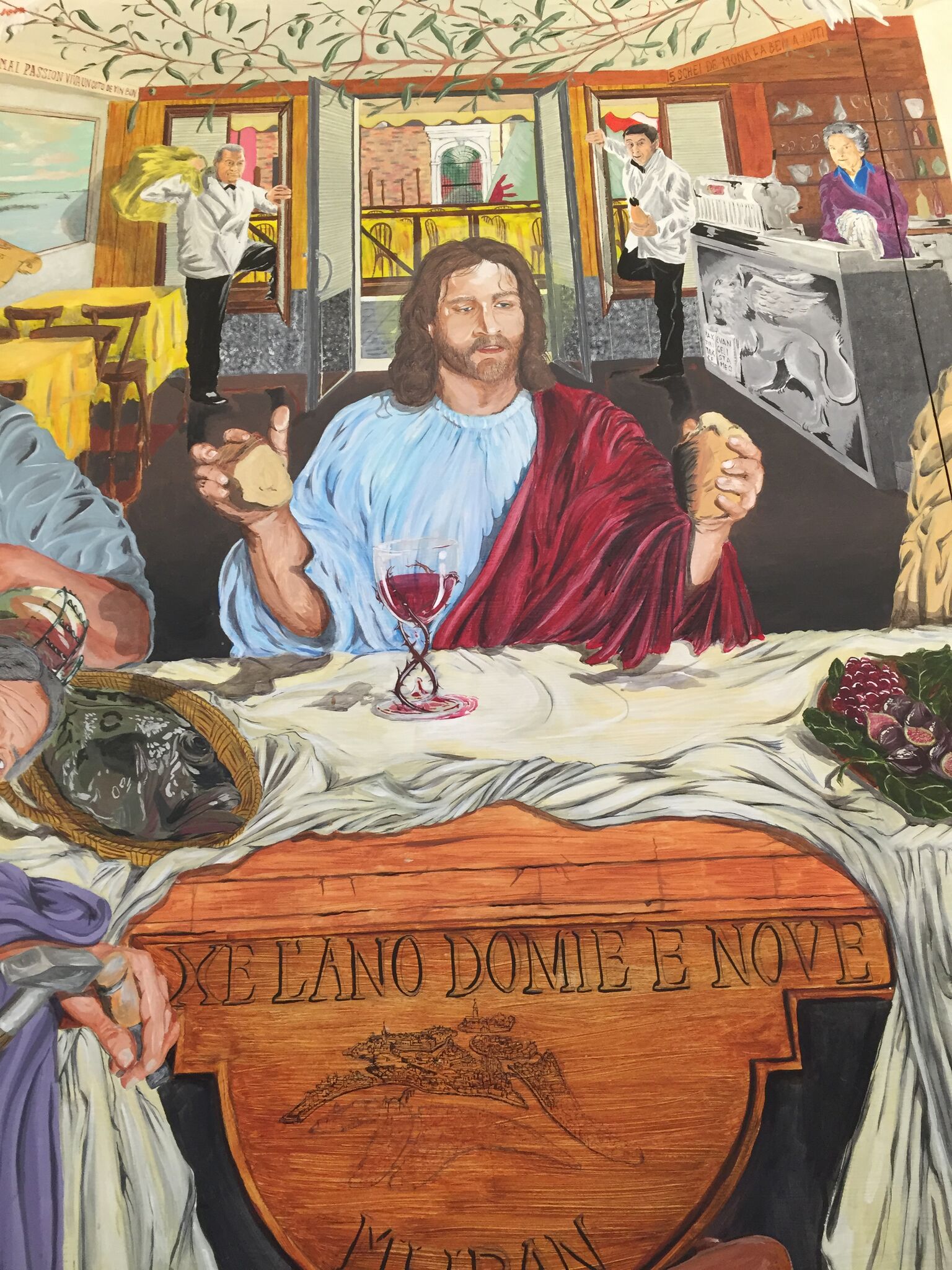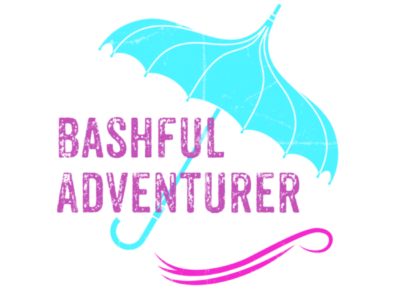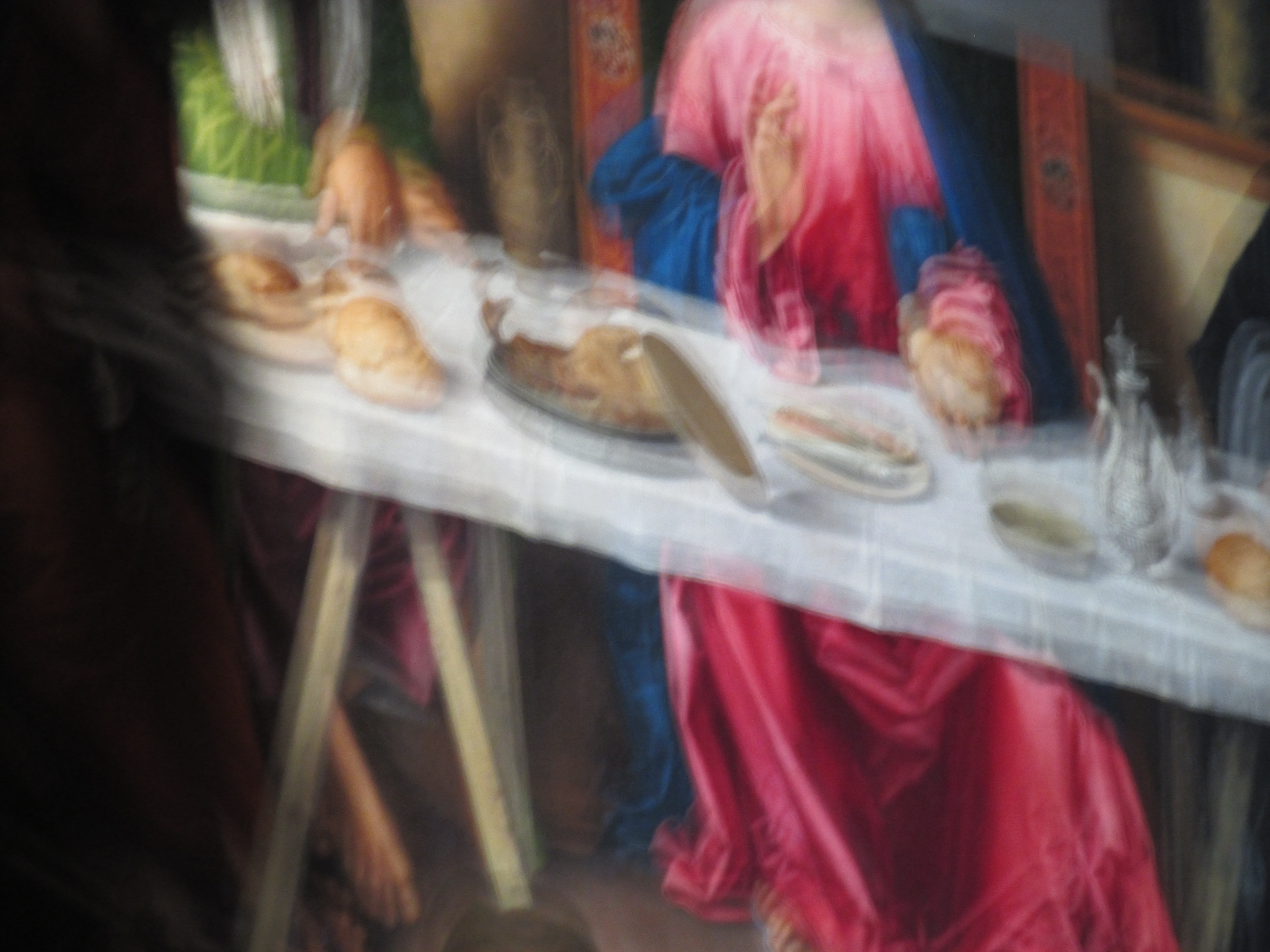How to Get Youthful or Just Impatient Adventurers through Art Museums without Tripping Alarms
The first few days of any trip to Italy might be just fine for a visitor, what with the jetlag and the joy of being in a different place and the marveling at all that is there. Visits to ancient ruins remind us how similar these people were to ourselves,how we have shared similarities across the millennia. The wine and the pasta tell us it is good to live with some gusto, that we do not need always to refrain from indulgence. Eventually, you’ll wander into a church or an art museum or the Vatican and then more churches and more art museums and then by day 7 or 11 or 15, you or a fellow adventurer will be overwhelmed by how much art there is, so much that you will never be able to take it all in even if you stay in this place forever. Art is piled on top of itself on painted walls, painted ceilings, decorative flooring. Walls covered with tapestries, floors with rugs, benches carved with intricate patterns, chandeliers hanging from ceilings begin to overwhelm. There is so much art you will stop taking pictures of it all, won’t be able to catalog those images you do have well, will just breeze by ‘lesser’ pieces because, really, all of it is too much.

A close look at the Last Supper entree in a tapestry at the Vatican leaves some observers wondering, What was Jesus eating? Photo credit: M. Ciavardini
Which is why, in between more visits to ancient sites where the art has been pilfered and taken to other places and more sips of wine and bites of pasta and stops for coffee and mouthfuls of pastry, you should make more of a plan for appreciating the art, for being able really to see it, to interact with it, to remember it. And that plan should be simple.
It is while we are visiting the cathedral in Cusco, Peru, that the Brawny Sherpa and I realize what we will look for in art in the future. There in that large cathedral full of adornment is a vast painting of the Last Supper, but one with a Peruvian twist. What lies on the table as the entrée isn’t hummus or lamb or falafel or platters full of olives and flatbreads: it’s a guinea pig. With this bit of syncretism, Jesus has become Peruvian. In Iceland, he looks like a Viking. In Italy, he seems to be a serious-looking sort with long hair and a sober demeanor even though he and his mom tend to be in the center of every piece of art. I don’t remember seeing one where he is laughing or, as an adult, smiling.

Looking at an image of the Last Supper that is in Venice, one wonders, Could the main course have been mystery meat? Photo credit: M. Ciavardini
On our most recent trip to Italy, though, the Brawny Sherpa and I aren’t so much looking for the Messiah’s facial expressions as to see what he ate. What was consumed at the Last Supper? There are different theories, but once you begin seeking out answers in art, you realize that perhaps this really is something of a mystery. What’s on the table, in the center, where today a turkey or ham or a big bowl of spaghetti would be is often surprisingly blurred and somewhat unidentifiable.

Bread and wine in a more contemporary depiction of the Last Supper, this one found at a restaurant in Murano. Photo credit: M. Ciavardini
What would Jesus eat? Bread and wine, of course, but what else? We start to look, and in so looking, we have a goal in perusing the art. We are able to filter out some of the overwhelm and begin to see again the art, and then we look elsewhere for images of food in churches and art museums, and we begin to learn more about life then and life now even if we still aren’t quite sure what everyone ate.
—Lori Tripoli
~Advertisement~


~Advertisement~
Planning a trip to Italy? You might like these posts:
- The Bashful Adventurer on Italy
- An Italian Itinerary
- What Happens in Italy Stays in Italy
- Italy on a Budget: Rome Can Be Reasonable
- Before the Restoration of The Last Supper Painting


